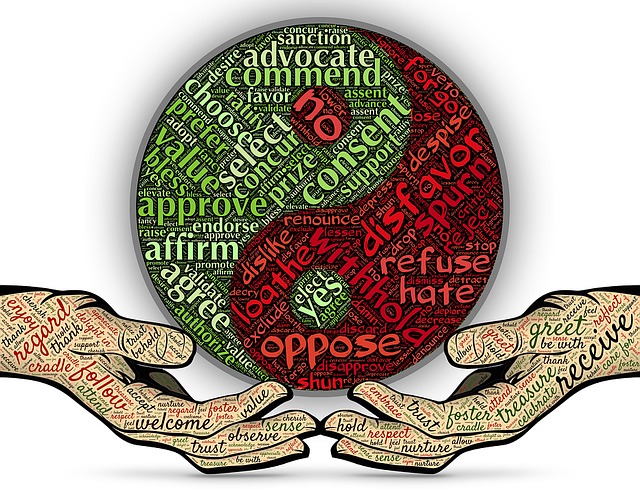Compassionate Inquiry is a psychotherapy method developed by Dr. Gabor Maté to help people suffering from the effects of trauma and addiction to experience “deep healing and transformation”. Gabor is a world authority on trauma and addiction and has developed his method after many years in family medical practice, covering the whole range of human experience from obstetrics to palliative care. He found through his counselling sessions conducted each day after his clinic hours that trauma underlay many of the numerous physical and mental illnesses he encountered in his medical consultations. Gabor intensified his research in related fields and explored his own addictive behaviour and its trauma-induced origins.
Gabor acknowledges that his early efforts at therapy were inadequate because he had not been trained in the area. However, he persisted because there were very few people offering a psychotherapy approach to addiction and trauma – even psychologists, in the main, trained in the medical model, adopted a symptomatic approach and related medication treatment. They did not explore the root cause of the addictive behaviour or the distorting impacts of various traumas experienced by people, especially in early childhood.
Compassionate inquiry to heal addiction and trauma
Gabor learned through his early experience that healing lay in enabling the client “to experience the truth of themselves within themselves”. So what he attempts to achieve is not just an intellectual exercise – it involves engaging the whole person, their distorted perceptions, thoughts, and feelings. He maintains that his approach is compassionate even though he interrupts people, challenges assumptions, and explores aspects that are painful for the client. He believes that it is not his role to make the person feel good but to help them to genuinely face their pain and the truth about themselves.
Gabor stated that often therapists are dealing with their own trauma and addiction issues (as he was in his early stages) and are not able to be totally present to the client nor able to control their responses to what the person is saying or doing – their help is not offered unconditionally. He suggests that therapists need to work on themselves to ensure that they do not contaminate their interaction with their client/patient because of their own unresolved issues. He stated that therapists who display anger or other challenging emotions undermine the healing process for the other person.
Paying attention to the cues
There is one very important aspect to paying attention to the cues provided by the client’s words, actions and non-verbals – and that is the issue of consent. Gabor seeks consent to explore behaviour in-depth with the person he is working with but he also checks that he has consent to continue when the going becomes challenging. He argues that the person will give some cues if they are too uncomfortable and these should be used to confirm ongoing consent. In a podcast conversation for Banyen Books, Gabor said that he exceeded the consent boundaries in his earlier days as a therapist when he would drop into therapy mode with his family members – who outright rejected his approach given that they had not given consent. He soon realised that they wanted him as a spouse, parent, friend or supporter – not as their therapist.
The other key aspect of paying attention to cues is that they give the therapist insight into what is really going on for the client. Gabor illustrates how “unconscious metaphors” (such as the sun revolving around the moon) can indicate that the balance of dependence and inter-dependence is distorted in a relationship between daughter and mother. The daughter might be “carrying” the mother, thus creating a traumatic experience of missing out on maternal support in the early stages of development. Gabor maintains that metaphors a person uses are instructive, even if employed unconsciously. He uses this cue to explore the meaning of the metaphor for the client and the underlying thought processes and emotional component.
His compassionate inquiry approach is designed to get at the “basic human need” that lies unfulfilled in the person he is working with. He argues that no matter what the words or behaviour of the individual (e.g. aggressive or obnoxious) there is a ‘real human being underneath”. He uses the words of Marshall Rosenberg when he describes addiction as “the tragic communication of a need”. The challenge is to enable the client/patient to go inside themselves and confront the uncomfortable and painful truth that they are futilely pursuing an unmet, and unacknowledged, need deriving from adverse childhood experiences or adult traumatic events. Gabor spontaneously illustrates his compassionate inquiry approach in a podcast interview with Tim Ferriss.
Gabor makes the point that his approach does not involve having people tell detailed stories about their traumatic events or adverse childhood experiences, he consciously chooses to focus instead on the impacts of these events/experiences in terms of the person’s distorted perceptions, false self-beliefs and/or addictive behaviour. He sees his task as staying present to the person and their “here and now” experience so that he can “mirror back to them their true selves”. Gabor’s compassionate inquiry approach is supported by Bessel van der Kolk, a global authority on trauma, who has used attachment research and neuroscience to develop innovative treatments for adults and children who have suffered from traumatic events. Bessel contends that his research demonstrates that to change the way we feel we need “to become aware of our inner experience” and then learn to “befriend what is going on inside ourselves”.
Training in compassionate inquiry
Gabor maintains that compassionate inquiry requires an “unconditional determination to understand a person”. He offers several training courses for people who want to develop the requisite skills and personal wholeness to be able to offer compassionate inquiry in their therapeutic/consulting practice. He indicated that experience with these courses shows that participants gain insight into themselves as much as learning about the compassionate inquiry method. Gabor often uses inquiry into the experiences of individual participants themselves to illustrate his perspective and process. He offers a one year, online course in compassionate inquiry over 12 months, as well as an add-on certification process for those who want more advanced training.
An alternative to the online training is paid access over a 1-year period to Gabor’s recorded seminars based on a weekend workshop conducted in Vancouver in 2018. The four videos involved cover more than 9 hours of training by Gabor. Free access to Gabor’s perspective and methodology can also be gained by exploring his YouTube Channel, which includes his interviews and his TED Talk. Gabor’s website also provides additional resources.
Reflection
With his compassionate inquiry approach, Gabor provides a methodology that a skilled facilitator with adequate training and immersion in his approach, could employ to help people who seek assistance with addiction and/or the effects of trauma. Compassionate inquiry practitioners are available in multiple locations around the world. Gabor also offers CI Circles facilitated by a certified CI practitioner for anyone who wants to learn more about CI concepts and practices and to engage in self-inquiry. The Circles involve self-reflective journalling and a willingness to share insights and disclose present moment experiences, somatic and otherwise.
As we grow in mindfulness and associated self-awareness through reflection, meditation and guided inquiry methods, we are better placed to help ourselves deal with the impact of traumatic events from our past life and to assist others with similar needs.
___________________________________________
Image by John Hain from Pixabay
By Ron Passfield – Copyright (Creative Commons license, Attribution–Non Commercial–No Derivatives)
Disclosure: If you purchase a product through this site, I may earn a commission which will help to pay for the site, the associated Meetup group, and the resources to support the blog.




